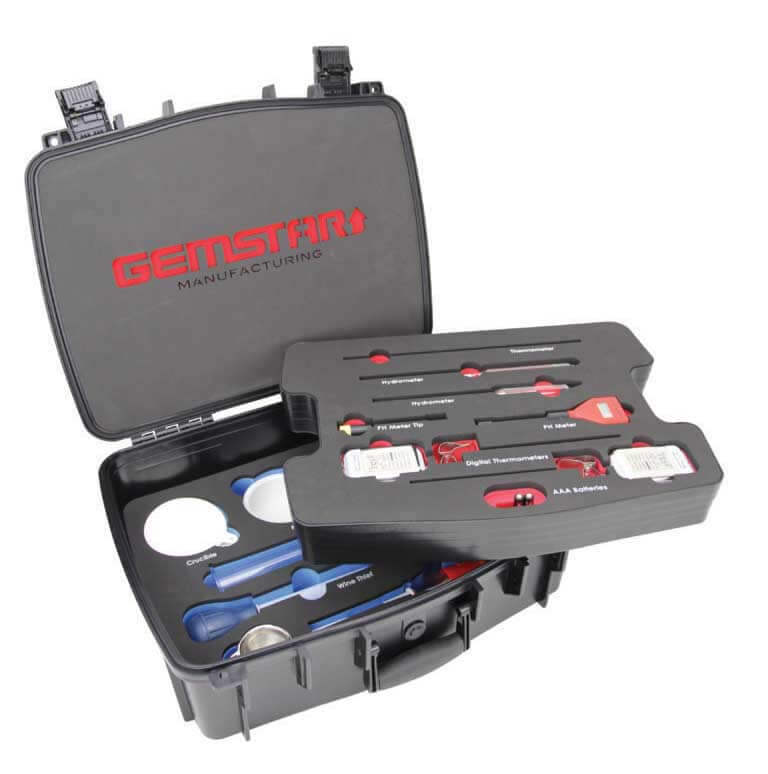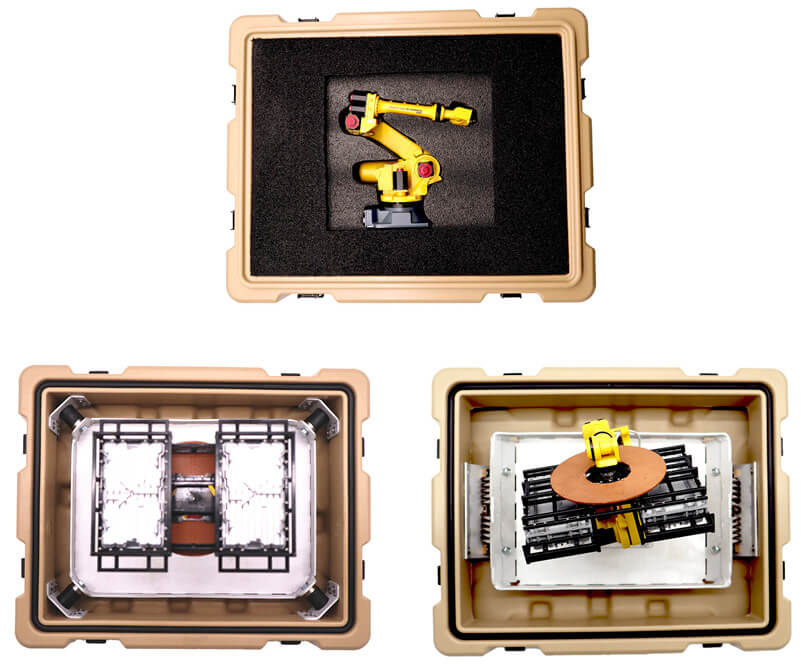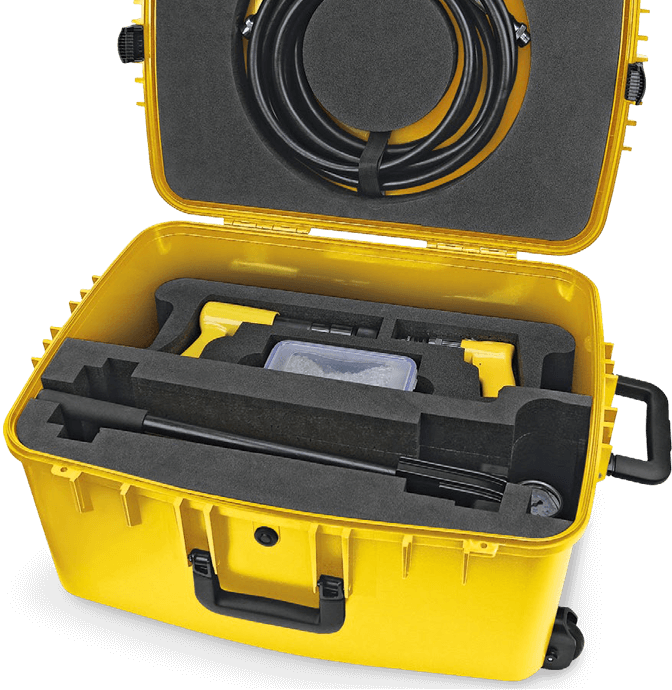
6 Critical Errors to Avoid in Reusable Packaging Design
Designing a reusable, durable packaging solution for your product or service is much more than picking a type of package and a size. There are many things to consider about how your product will be used, where it will be used, and who will be using it. This list of six common errors will ensure your initial design decisions put you on the path to the most cost effective case that combines the required protection with superior usability.
#1: Planning Too Late
There are many steps in your product design and launch process. No doubt somewhere near the bottom of the milestone chart is “Select Packaging.” Design and product teams who move the packaging considerations higher up in the project timeline will reap the benefits of faster and more efficient market launches, as well as better budgetary planning and execution. Selecting a packaging type and contacting a design and manufacturing partner earlier in the product-design process will ensure on-time availability of a properly designed and configured case, avoiding the pitfalls of rushed engineering and production.
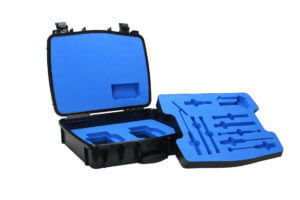
#2: Ignoring the User
Product and packaging designers can easily fall into the mindset of protecting what will go inside the case, and marketing will provide direction on how the case looks and fits a brand image. But everyone also needs to think about the interaction between contents, the package itself, and the end user. How will the package be used, and by who? A bulky 20-pound aluminum case may seem reasonable until the user carries it through an airport. Or, adding wheels to that heavy case may seem like a good idea until the user walks across rocky terrain on a job site. How frequently will the contents be removed? Layering parts on top of each may lead to a more compact design, but that design will be useless if the user needs a detailed diagram in order to properly store the parts after use. There are a surprising number of details that must be considered to ensure an optimized case design. Be sure to consider your users carefully when you start your package design process.
#3: Missing Details
Packaging designers and product managers can frequently fail to incorporate the small features that add utility and convenience for their users. Are there cables or power cords, manuals or other literature, or auxiliary attachments or components that need to be included? Even if these items don’t necessarily need protection, there needs to be design consideration for their placement to make sure there is adequate room in an optimal layout. If the layout is finalized based upon just the main product fitting into the smallest of footprints, those components likely will not fit. A well-planned design will not only make sure there is space for these items but will also find the best way to secure them.
#4: Neglecting Critical Requirements
Design discussions can begin with only the basic parameters like the number and size of items, but packaging and product designers need to also think deeply about application requirements, both inside and out. Are the items extremely fragile, or can they only be orientated a certain way? Does the case need to fit in a predetermined space, like an overhead compartment on an airplane? Packaging is an exercise of competing values. The foam cushioning needed to sufficiently protect a very sensitive item during air shipment may result in a package too large for a technician to hand carry onto a job site. Outlining all the parameters will allow you to step back and see which ones may contradict each other, or which ones may require a particularly creative solution in order to achieve them. Missing key details like this could derail your project.
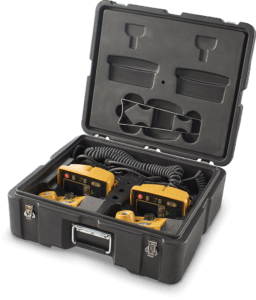
#5: Underestimating the Interior
Often, a foam interior is assumed to be a straightforward option. However, there are multiple options for storing components inside a reusable package. A formed plastic interior works well for durable applications where cleaning is an issue, and strap and hinged compartment options can be employed throughout to maximize storage. When foam is the best choice for cushioning, the foam design needs careful consideration to maximize storage and protection while staying within the limitations of foam fabrication, such as minimum wall thickness of foam between parts. Achieving the desired levels of protection, function, and durability requires a close attention to the possibilities and limitations of the case interior.
#6: Over Protecting
Insufficient packaging will likely result in damage to the contents, which is a key consideration. On the flipside, there are also issues and risks of over-designing packaging to provide an unnecessarily high level of protection. For the user, over-design can be a source of recurring aggravation. The packaging could be bulkier to handle, heavier to move, more costly to ship, and more cumbersome to use. The cost will also be more than necessary, because the protective features are beyond what is required The optimal case provides all the protection needed in the most compact and lowest-cost design.


